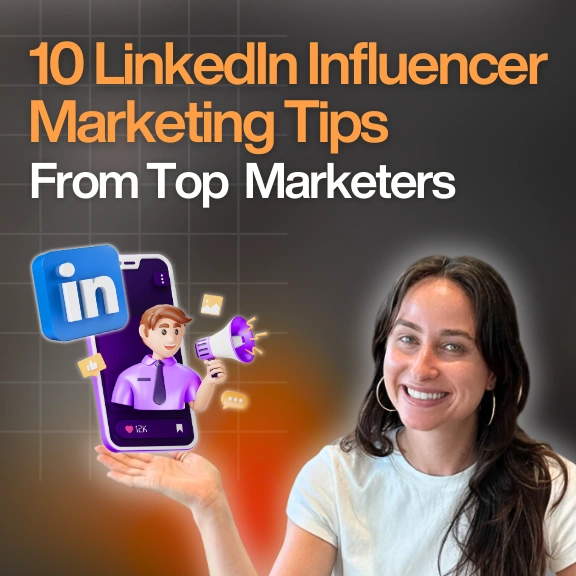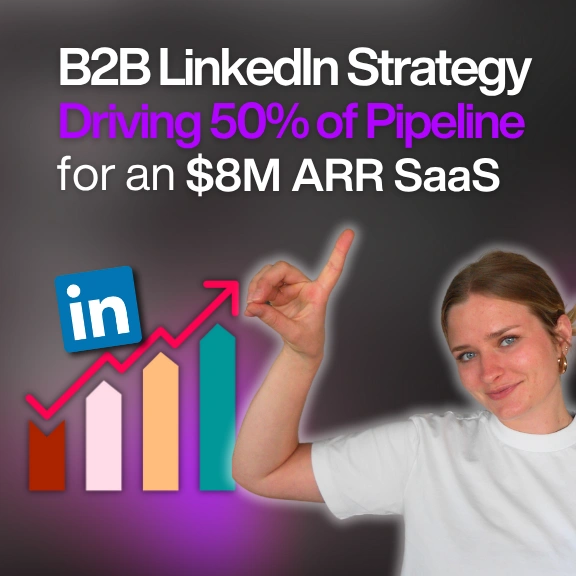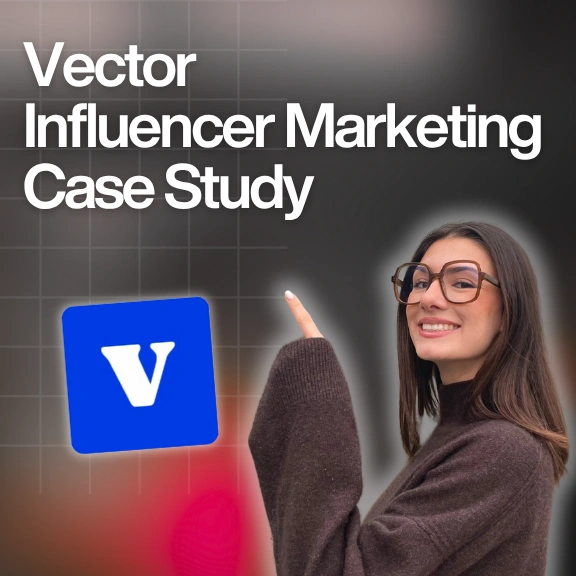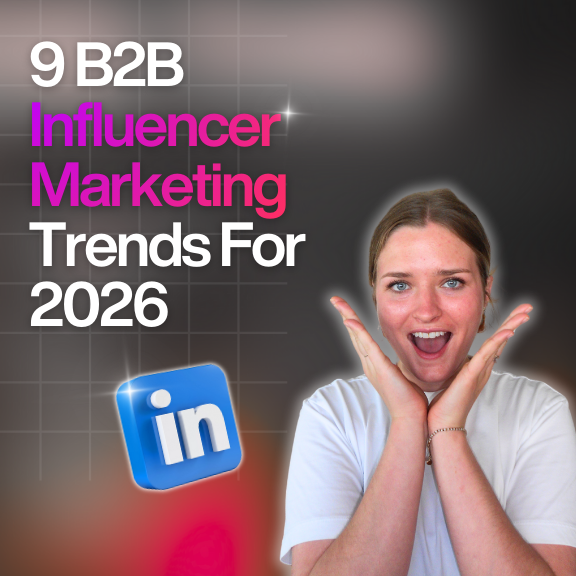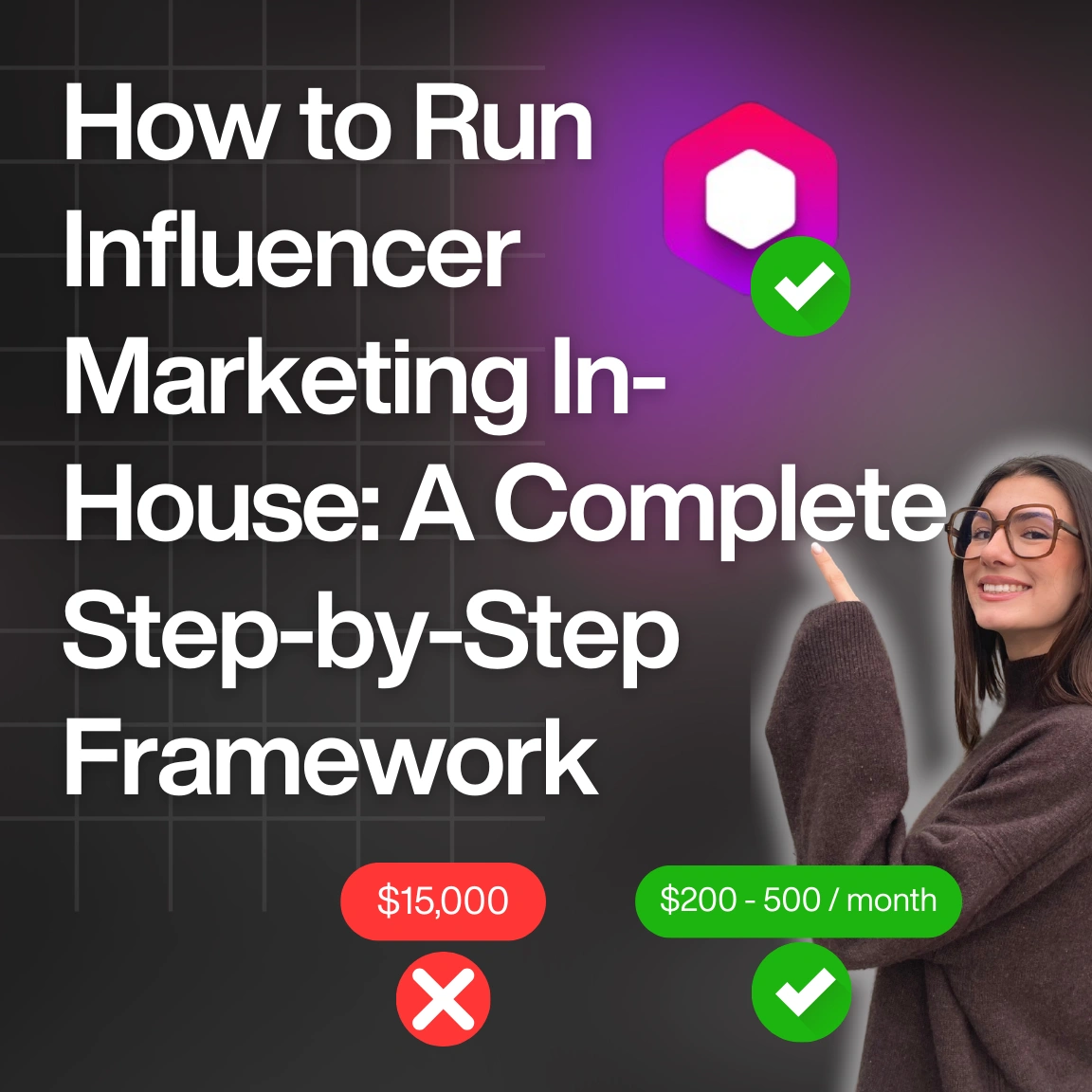Blog & Articles
Your ultimate ressource for the creator economy
Methodology & Rankings
About Favikon, rankings, tools & much more.
Insights
The recipe behind Favikon's viral & coveted rankings.
Free tools to power your influencer marketing workflows.
See Favikon users' success stories.
Get access to all Favikon rankings.
Become a Partner
Become an Affiliate
About the team behind Favikon
The place to talk creator economy, together


Featured Rankings

Here is the Top 50 Rising Video Creators on LinkedIn. Video is quickly becoming the platform’s most powerful format, with creators gaining more reach and engagement than ever. As Gen Z grows its presence and tools like BrandLink and Thought Leader Ads support content creation, LinkedIn is doubling down on video. This ranking, made in partnership with OpusClip, celebrates the creators leading this shift and aims to inspire anyone ready to start sharing through video.

Here is the Top 50 Rising Video Creators on LinkedIn. Video is quickly becoming the platform’s most powerful format, with creators gaining more reach and engagement than ever. As Gen Z grows its presence and tools like BrandLink and Thought Leader Ads support content creation, LinkedIn is doubling down on video. This ranking, made in partnership with OpusClip, celebrates the creators leading this shift and aims to inspire anyone ready to start sharing through video.


Megan Mahoney is an influencer marketer who uses data and real-world case studies to uncover what actually drives results in influencer campaigns. With a background in content marketing and over a decade of experience helping brands grow through strategy and storytelling, she brings a thoughtful perspective to creator partnerships and is deeply engaged in the evolving creator economy.
Check Brand DealsThe LinkedIn Influencer Marketing Strategy That Drove $1.1M in Pipeline
B2B SaaS company, Vector, shared that their $12,000 LinkedIn influencer marketing experiment turned into $1.1 million in pipeline.
To pull directly from Jess Cook's post, here were the results:
- 7 influencers (3 customers + 4 ICP thought leaders)
- Average follower count of 13k
- $12k total budget
- 1 post per month for 3 months
- $1.1 Million in pipeline
I went deeper and uncovered 17 of the 21 total sponsored posts.
Below, I'll share how you can duplicate Vector's strategy using both Jess's insights and additional stats I learned from analyzing their sponsored posts.
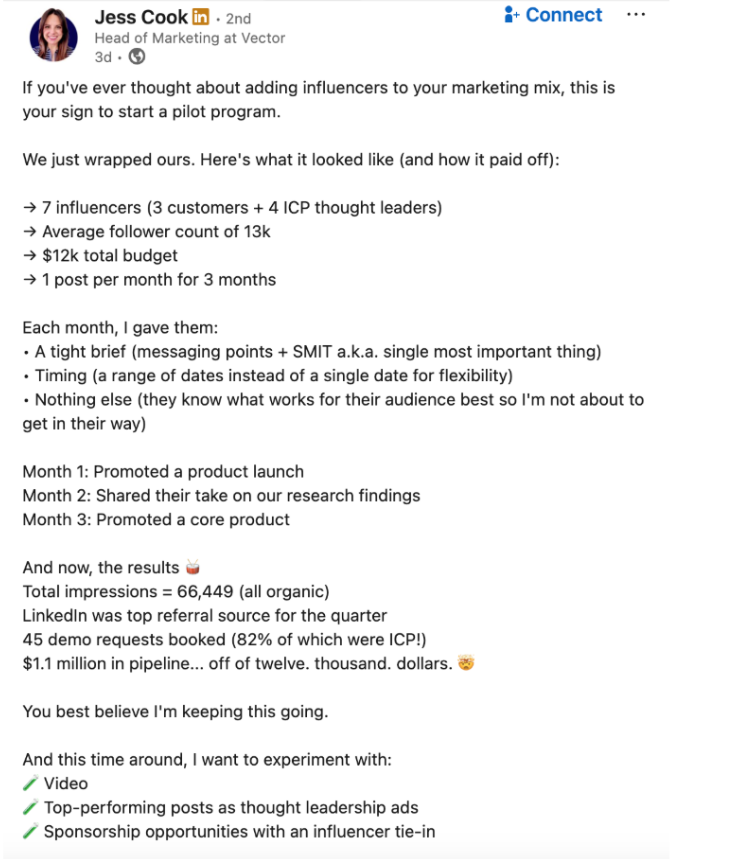
How to Duplicate Vector’s Influencer Strategy
Step 1: Identify Your ICP or Current Customers
Total engagement per post (and sometimes follower count) are common metrics influencer marketers consider when selecting influencers.
However, this case study highlights that audience match is significantly more important than audience size.
Jess said that she selected 7 influencers:
- 3 Customers
- 4 ICP thought leaders
I did some research and found six of the seven influencers Vector worked with, and they did perfectly match the ICP:
- 3 are demand gen consultants/agency owners
- 3 run demand gen or are a marketing executive at a company
Here were a few of them:
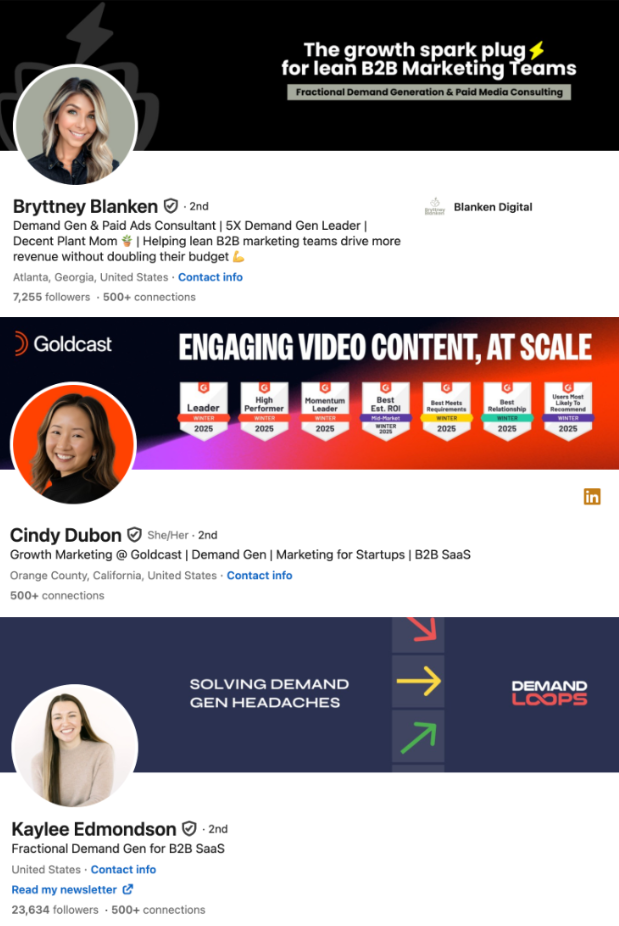
However, I was surprised to learn just how niche these influencers audiences are.
Jess mentioned they had an average follower count of just 13,000.
The six creators I found also had a modest average engagement of just 111 per post (that’s average likes, comments, and reposts combined).
When I looked at the average engagement on the 17 sponsored posts I found, here were the stats:

These engagement metrics may seem too modest to drive an ROI.
Yet the posts generated $1.1M in pipeline.
These stats prove that audience match is much more important than audience size.
I also want to mention that there’s a difference between niche creators and credible niche creators who have carefully curated an audience that matches your ICP.
You can tell the difference between the two by looking at the comments section.
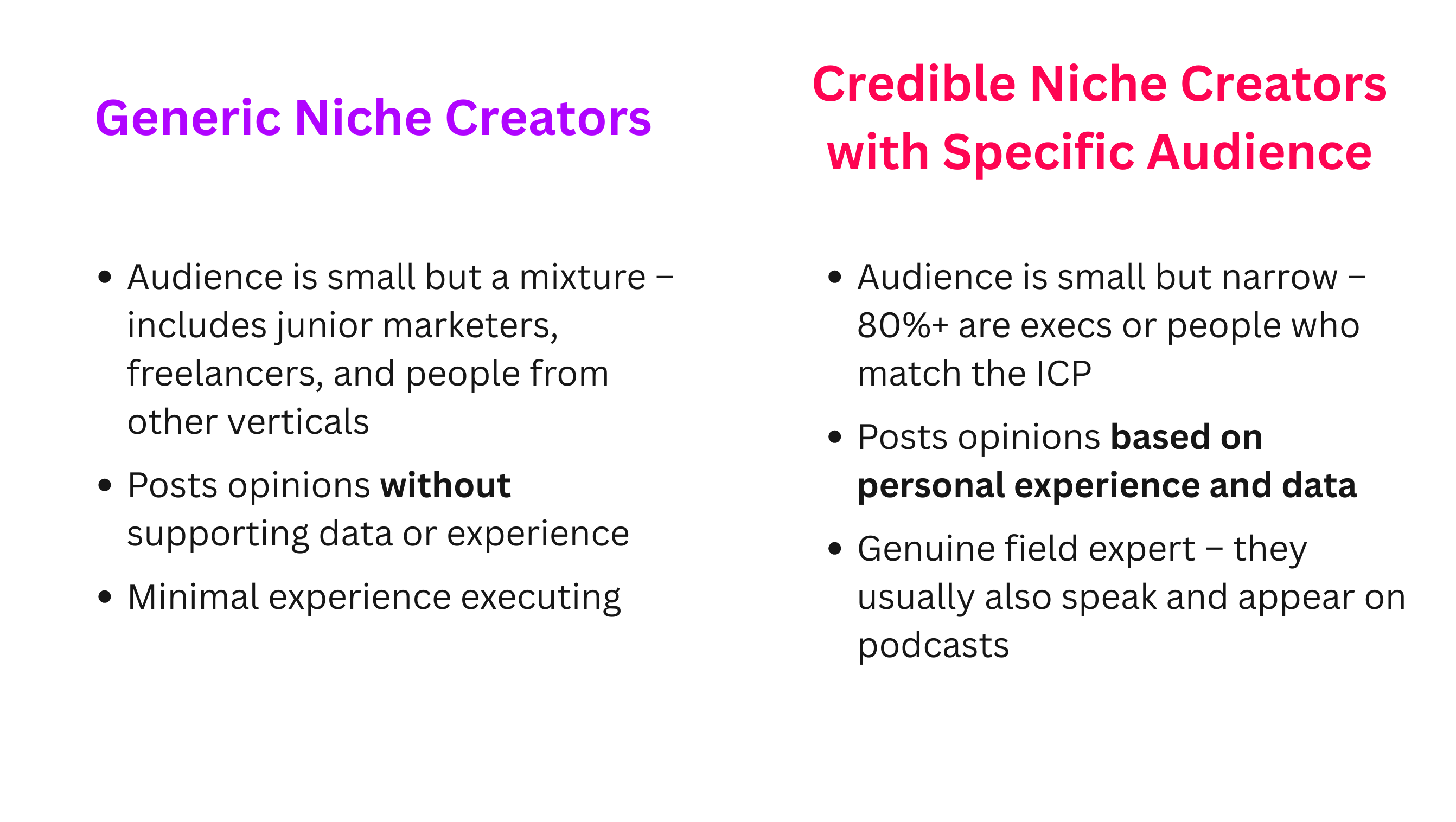
If the influencer is a credible niche creator, usually about 70% of the comments are from the ICP. The comments themselves are also usually insightful observations of people sharing their own experience or asking the influencer follow-up questions.
Here's an example of the comments section from one of Vector's sponsored posts, and it checks all of the boxes:
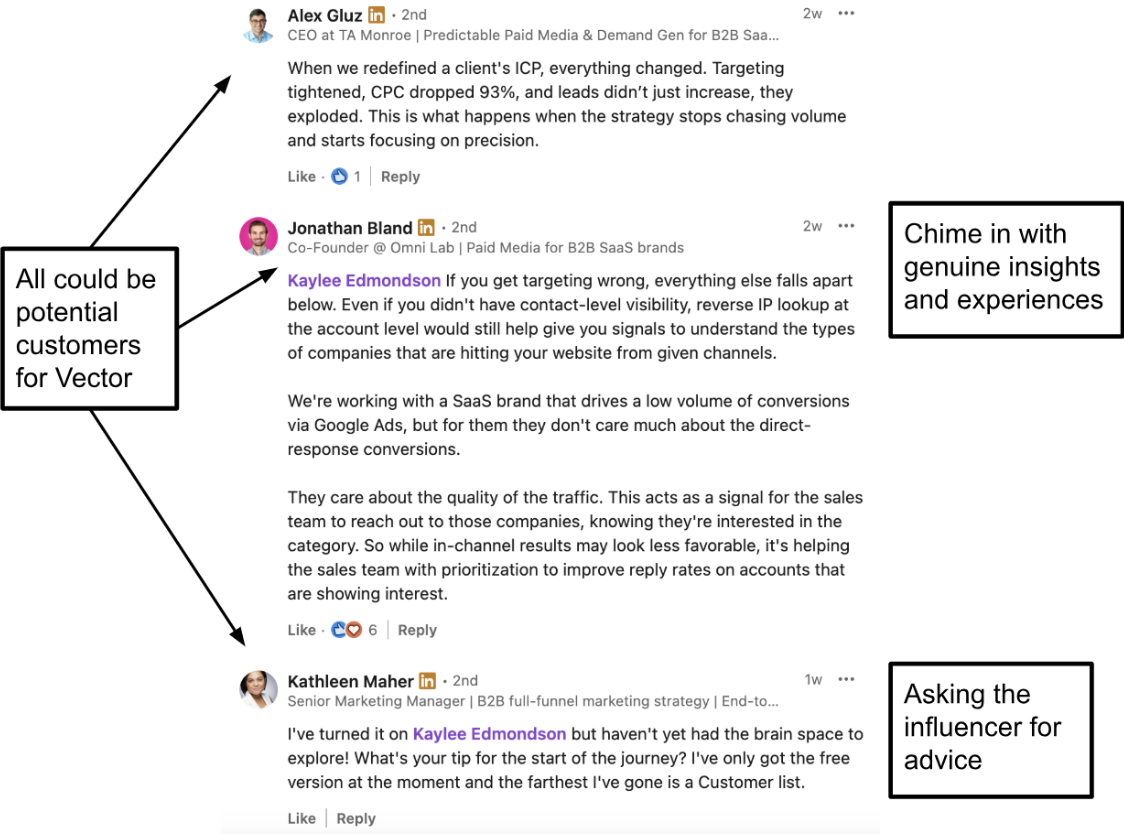
I even noticed influencer Justin Rowe jumping in the comments section on some of these sponsored posts:
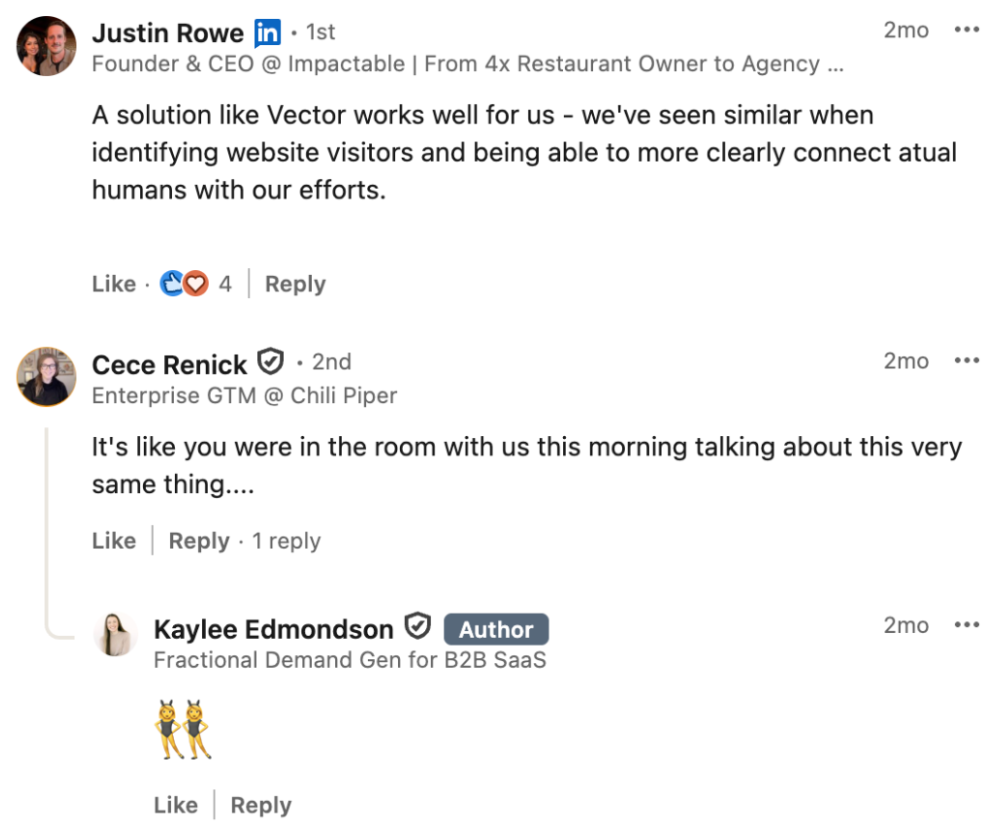
Before hiring influencers, start by reviewing your current customer list. Do any of them have any audience on LinkedIn (or X)?
After exhausting your customer list, look for thought leaders in your space.
To find thought leaders, you can look for people who have done webinars or keynote speeches in your niche.
Or, use Favikon and start by filtering by a relevant keyword like "demand gen:"

Next, filter more granularly by industry and niche. I chose sales and marketing as an industry and SaaS as a niche:
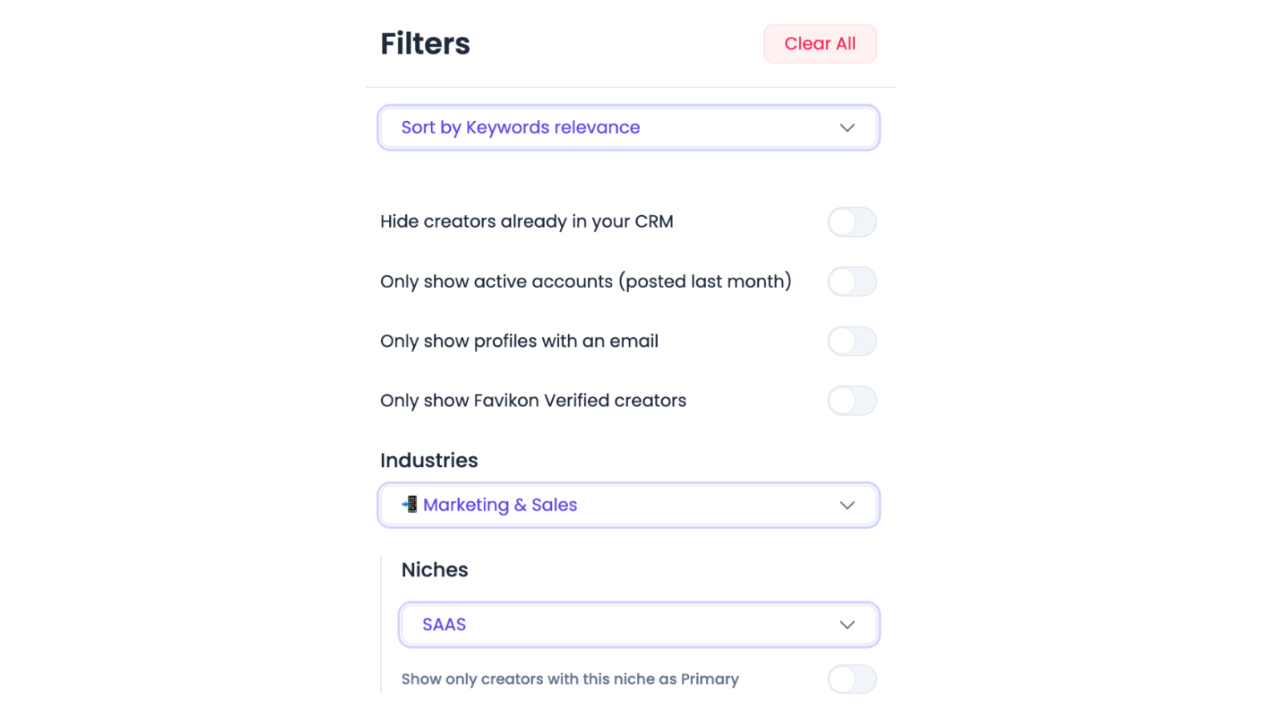
You can also set the language to English or the country (I chose the United States) and then adjust the LinkedIn filters (e.g., posts 5x monthly, has at least 2,000 followers, and has an average engagement on posts of about 30).
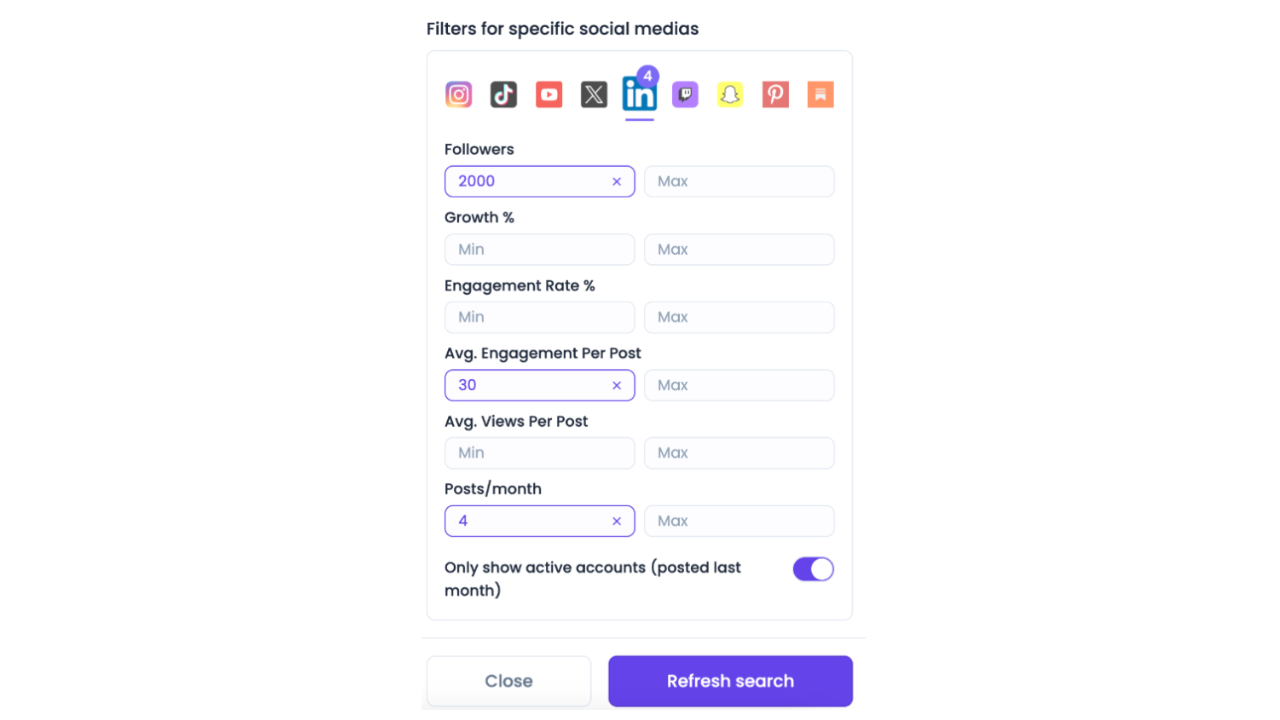
You’ll see that Kaylee (one of the influencers who participated in Vector’s program) is one of the first ones to pop up:
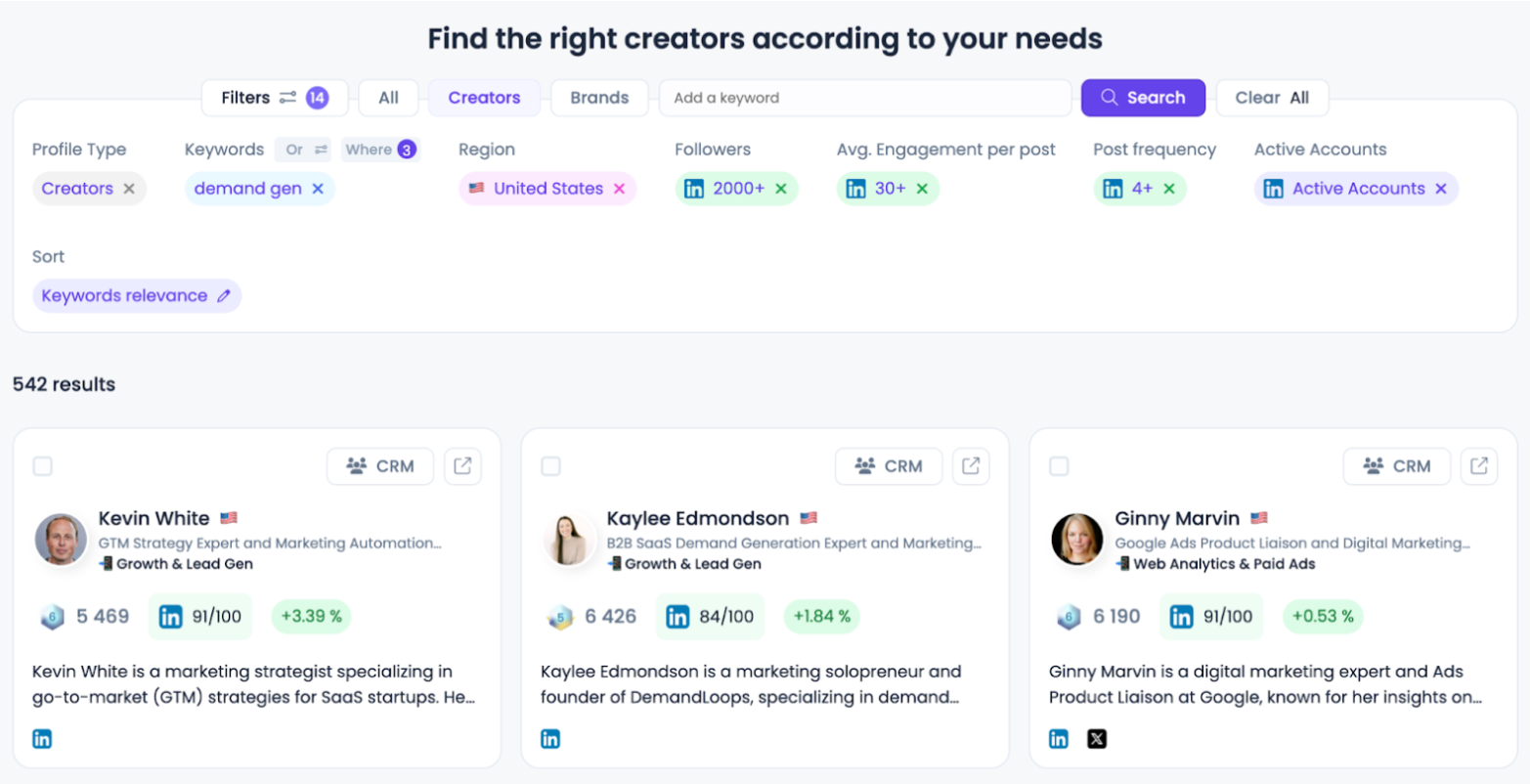
You can try Favikon today to find relevant influencers.
Once you have a list of creators, further check for audience match by using a nifty hack I learned from Obaid Durrani of Clay.
Here’s what he recommends:
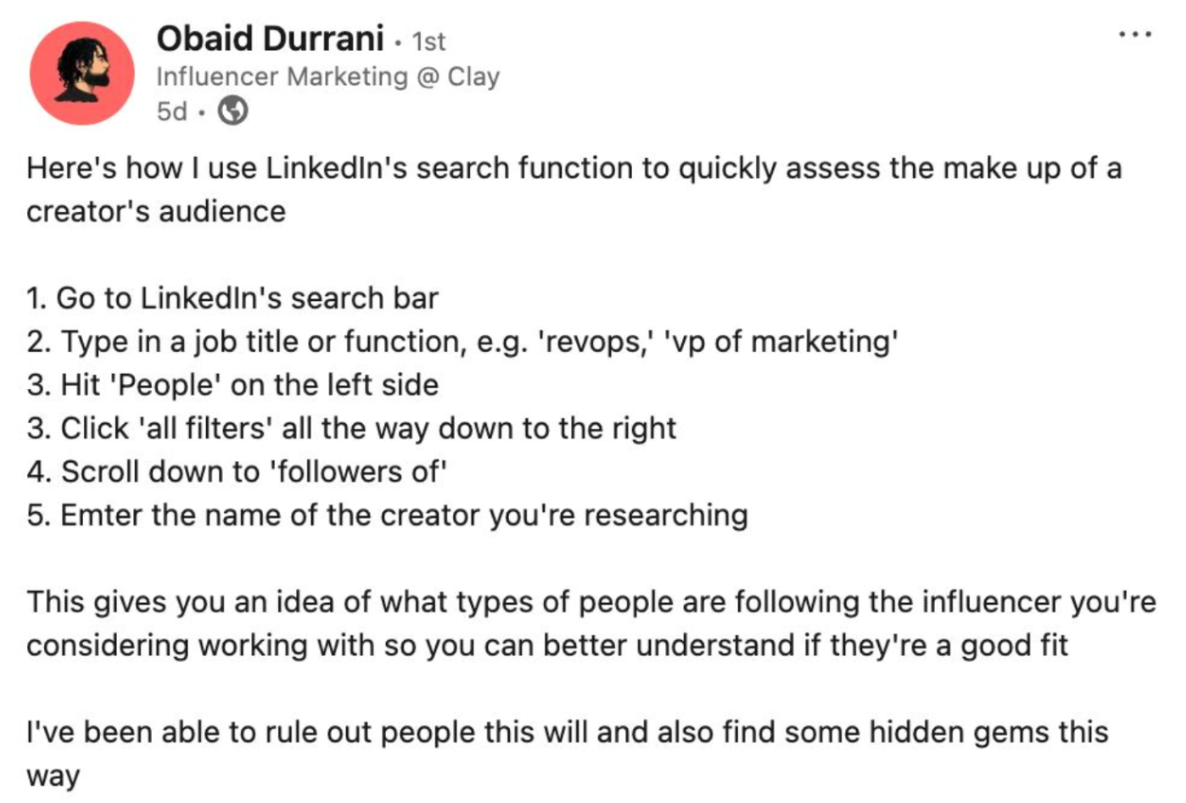
I used this hack when analyzing the creators involved in Vector’s influencer campaign, and you could see that they all had plenty of followers in the demand gen space.
For example, Isaac Ware was one creator involved in the partnership, and you can see he has plenty of demand gen related followers:
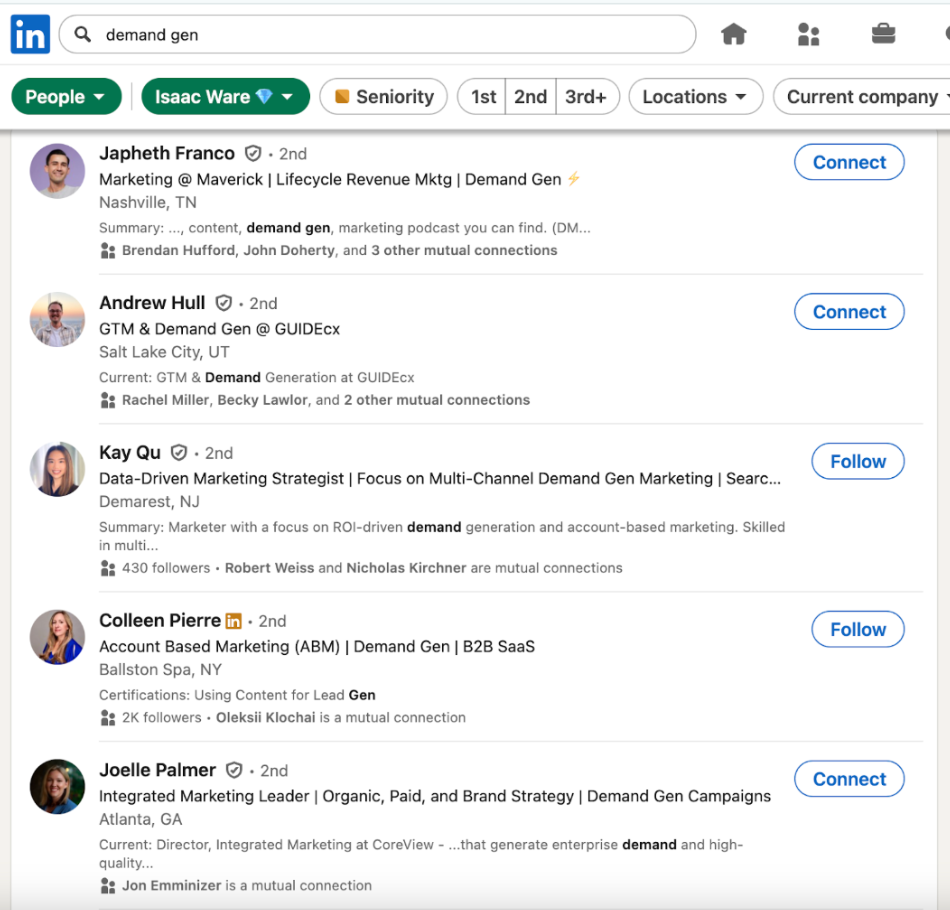
I found similar results when I looked at all of the other creators involved in Vector’s campaign:

Next, check the comment section of their latest posts. Who (title-wise) is commenting? What's the conversation like? Are they seeking advice from this person or otherwise indicating that they view them as a credible source?
While this case study makes a pretty solid case for credible niche influencers with curated audiences and therefore suggests that engagement metrics are overrated, I want to point out a caveat.
Vector is a B2B product with a very limited ICP: demand gen marketers and marketing executives.
It makes sense that a post targeting relevant demand-gen pain points would only resonate with a small pool of people, because there simply aren't that many demand-gen marketers in the world.
So engagement should be modest.
However, if you're a prosumer company with a broad audience and rely on customer volume (e.g., you have a low cost product and therefore need a lot of customers to grow), total engagement is a more valuable metric.
For example, let's say you sell a resume builder tool, like Kickresume. When the highest plan costs just $23 per month, you need a high volume of users to grow the business.
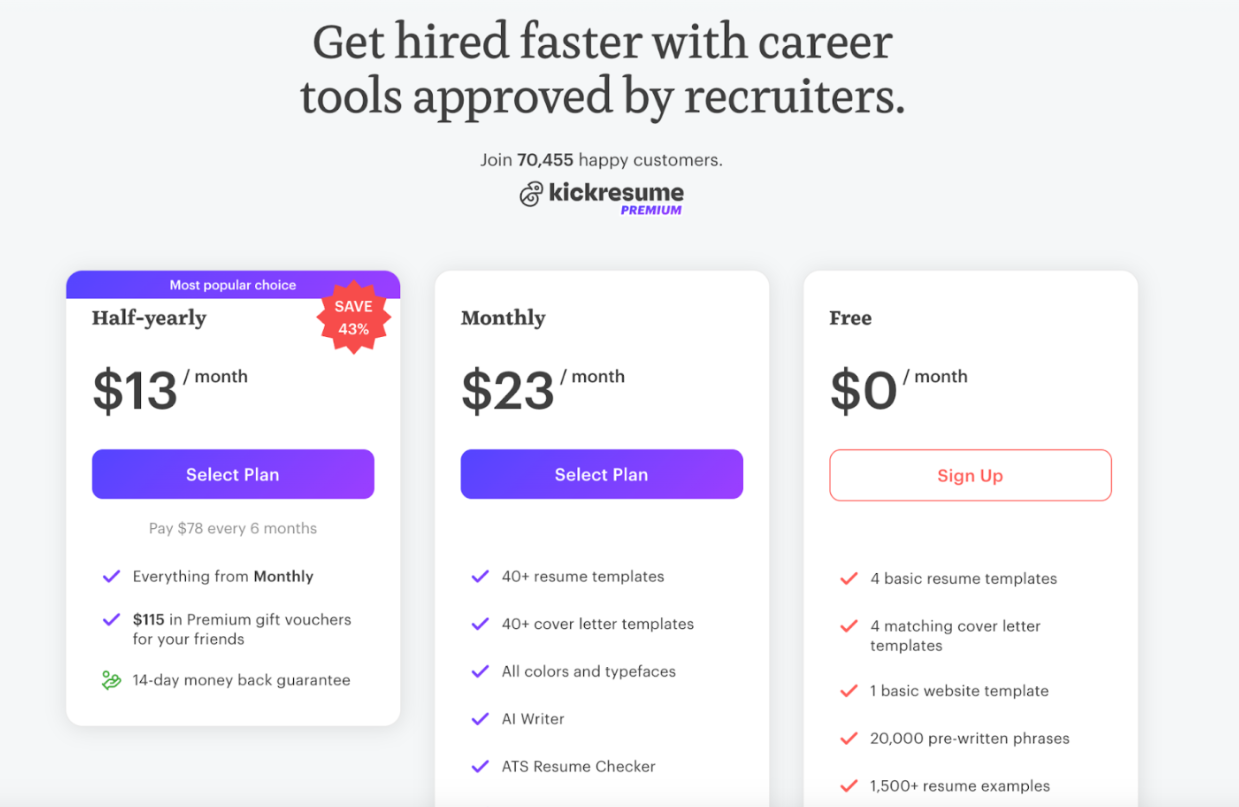
In this case, Kickresume has a much larger pool of prospects than Vector, so total engagement per post should be higher.
Therefore, engagement per post is likely a more valuable metric for measuring the efficacy of an influencer campaign for Kickresume versus Vector.
And, you’ll see that Kickresume routinely partners with the largest LinkedIn influencers like Andrew Bolis, who consistently generates hundreds of likes and comments:
The main takeaway?
Total engagement is significantly less important as the pool of product prospects decreases (as is true for most B2B products).
The exception to this rule is if you're exclusively purchasing content rights for ads from these creators.
As Will Taylor pointed out in the comments, this can be a great option. However, if you decide to go this route, make sure you budget accordingly when negotiating influencer rates.

Step 2: Campaign Ideation
Once you have a roster of creators, you need to figure out what you’ll have them promote.
Jess shared that these were the campaign ideas she chose:
- Month 1: Promoted a product launch
- Month 2: Shared their take on our research findings
- Month 3: Promoted a core product
Here’s an example of a post promoting their new signal-driven ad audiences feature:
Below is an example of a post promoting their core product.
I also found that these posts promoting the core product are excellent market research, as Mason points out the key differences between Vector and competitors' products.
And you can also use these market research insights to improve your ad messaging and SEO efforts by refining the messaging in your BOFU competitor comparison posts.
Step 3: Crafting The Creative
After opening the conversation, Jess didn't just give the influencers some copy to post on LinkedIn.
Instead, she got on a call with each of these influencers to help them use the product. By using the product and experiencing its value firsthand, Jess was able to get out of the influencer's way and give them free rein to post whatever they felt would resonate with their audience.

This step, getting on a call with the influencer and helping them use the product, is critical because it allows the influencer to:
- Understand the pain points the product solves.
- Address and overcome objections.
- Provide proof (case studies) to support claims.
And it's this level of specificity, backed by proof, that likely made these posts convert.
For example, look at this post from partner Kaylee Edmondson.
Kaylee points out that there are many tools that claim they can "de-anonymize your traffic."
However, real demand gen marketers (Vector's ICP) have already heard this promise from competitors and know that most products fall short of their promise.
So Kaylee addresses that objection and provides proof (with a screenshot).
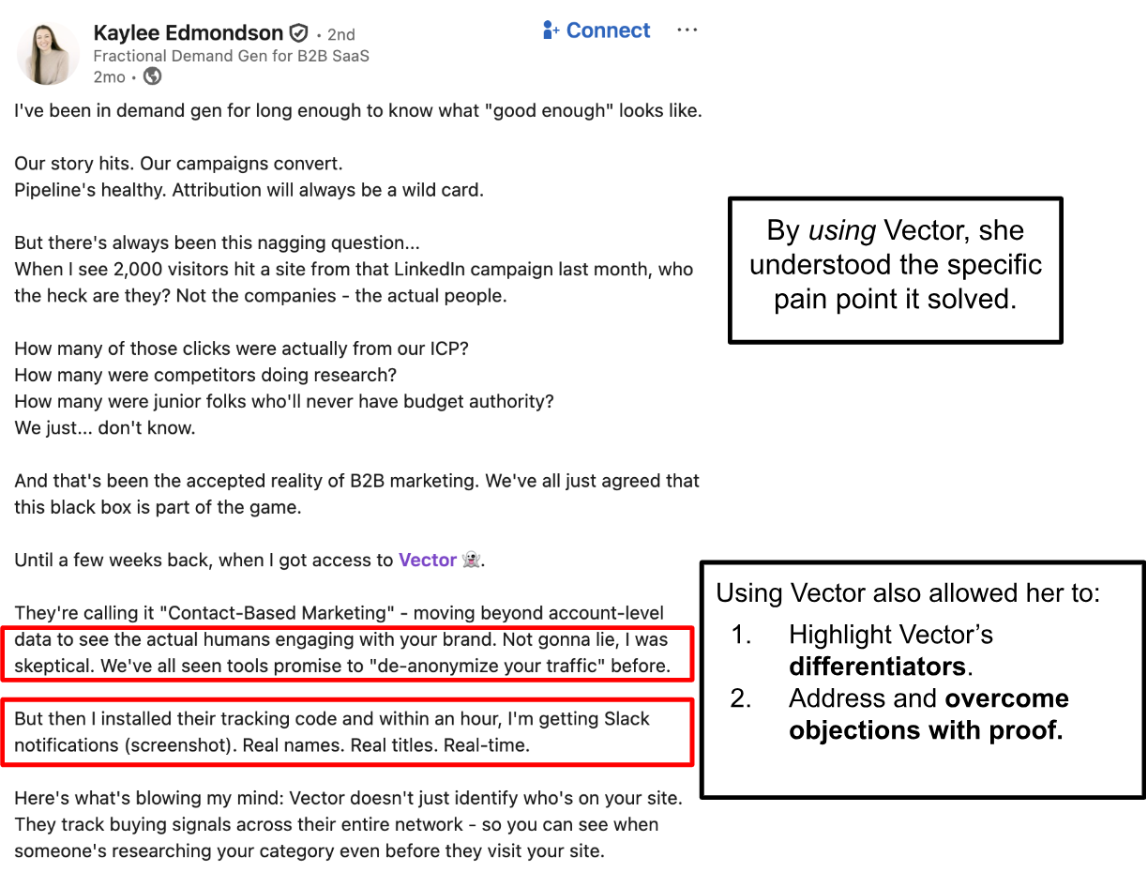
Below is the second half of Kaylee's post. As you can see, she notes she's still in the early days of testing Vector, which makes her recommendation more credible. And, she includes the screenshot of proof:
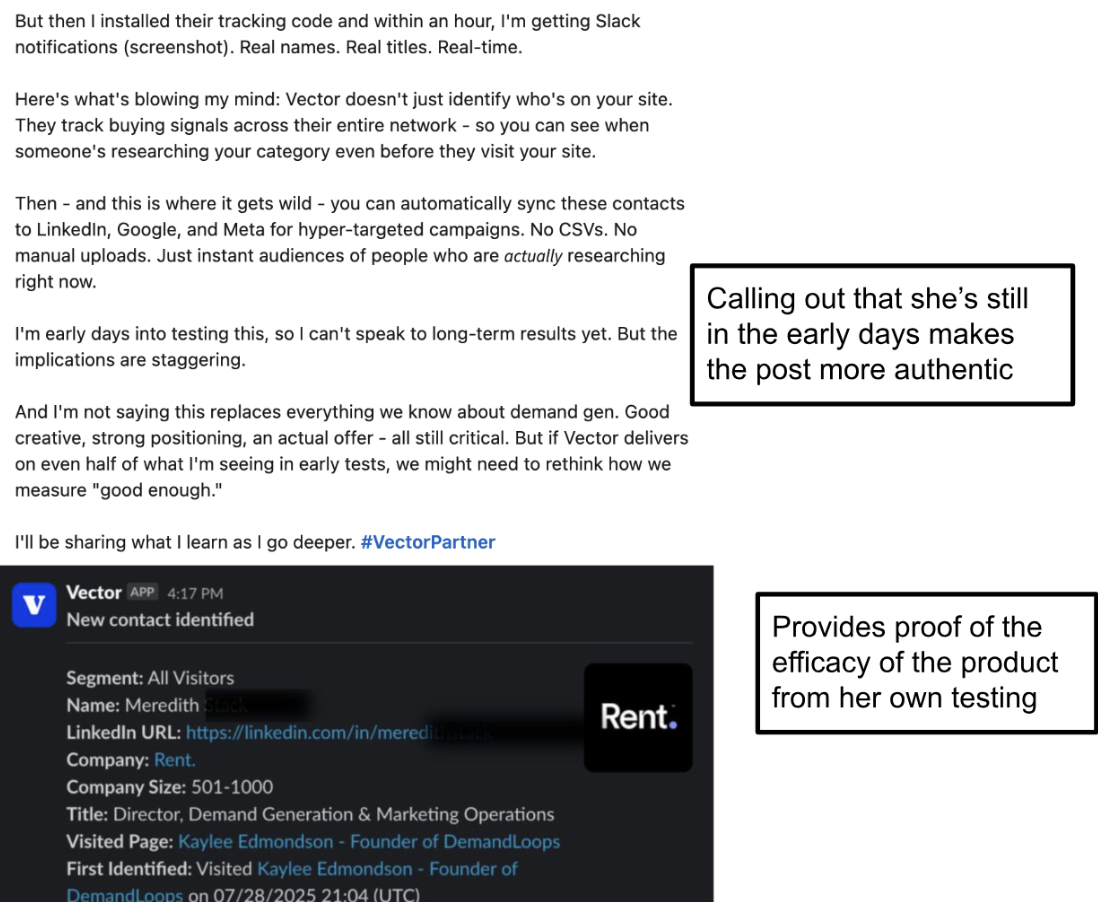
And to prove this level of specificity works, one of the commenters even mentioned that they booked a demo:

As I analyzed the rest of the posts, I noticed that all of the Vector partners had a similar level of specificity in their posts by addressing objections and providing real proof by sharing their experience with the product.
For example, look at this post from Mason Cosby.
He does a direct comparison of Vector versus an anonymous competitor and proves that Vector was more effective by sharing his authentic experience with the product:
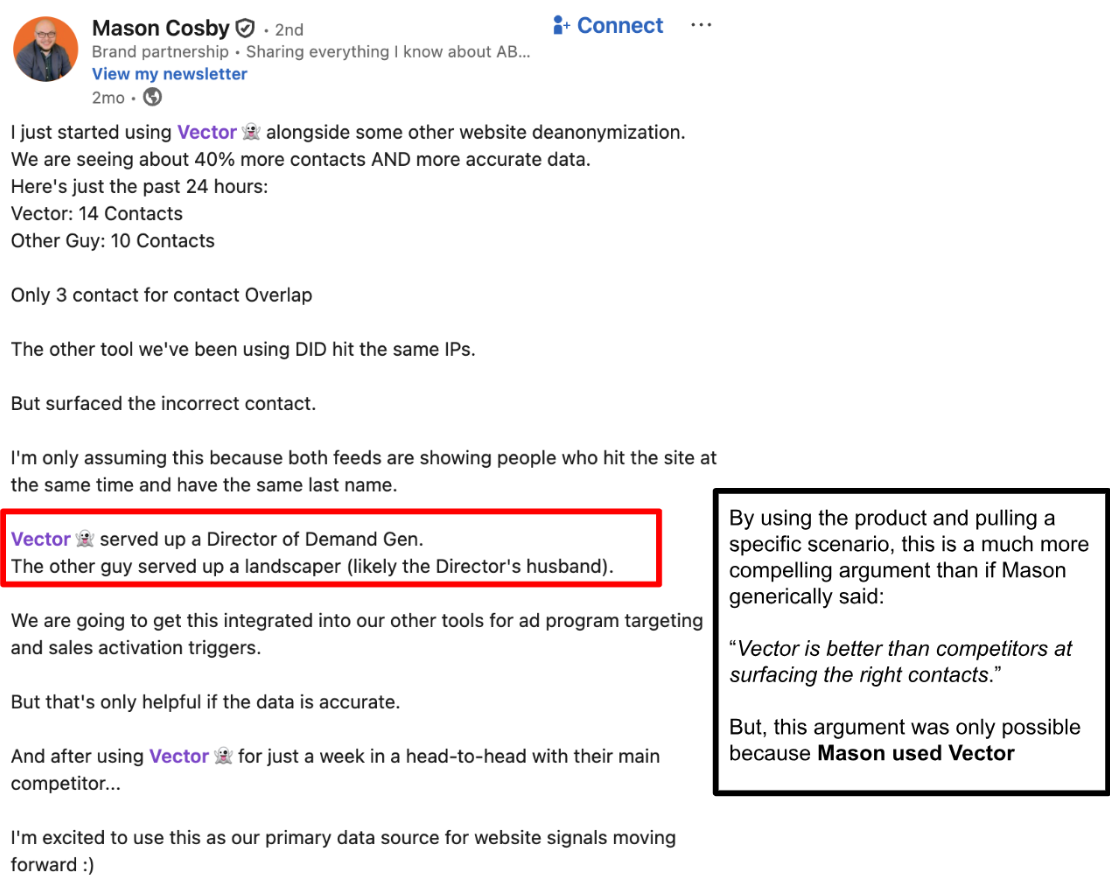
Also, did you notice that Mason Cosby said Vector is now the product they will use moving forward?
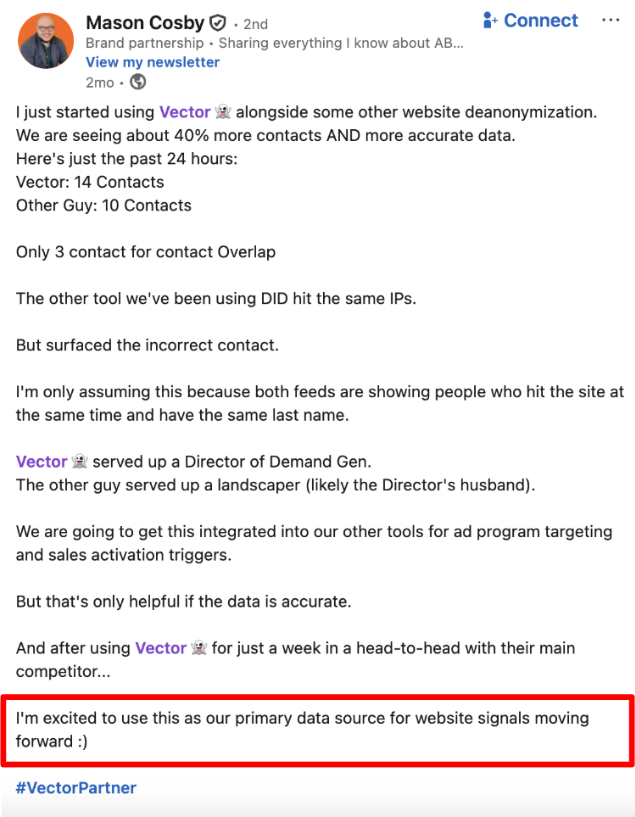
This means that Vector likely converted some of these influencers into customers by paying them to demo and talk about the product. The influencer partnership itself was essentially a customer acquisition strategy.
Of course, the obvious caveat here is that the product needs to deliver on the promise. Otherwise, influencer marketing (or really any marketing for that matter) won’t work.
Step 4: Invest in Compounding Relationships
You’ll see that Jess hired each of these influencers to do three sponsored posts with Vector:
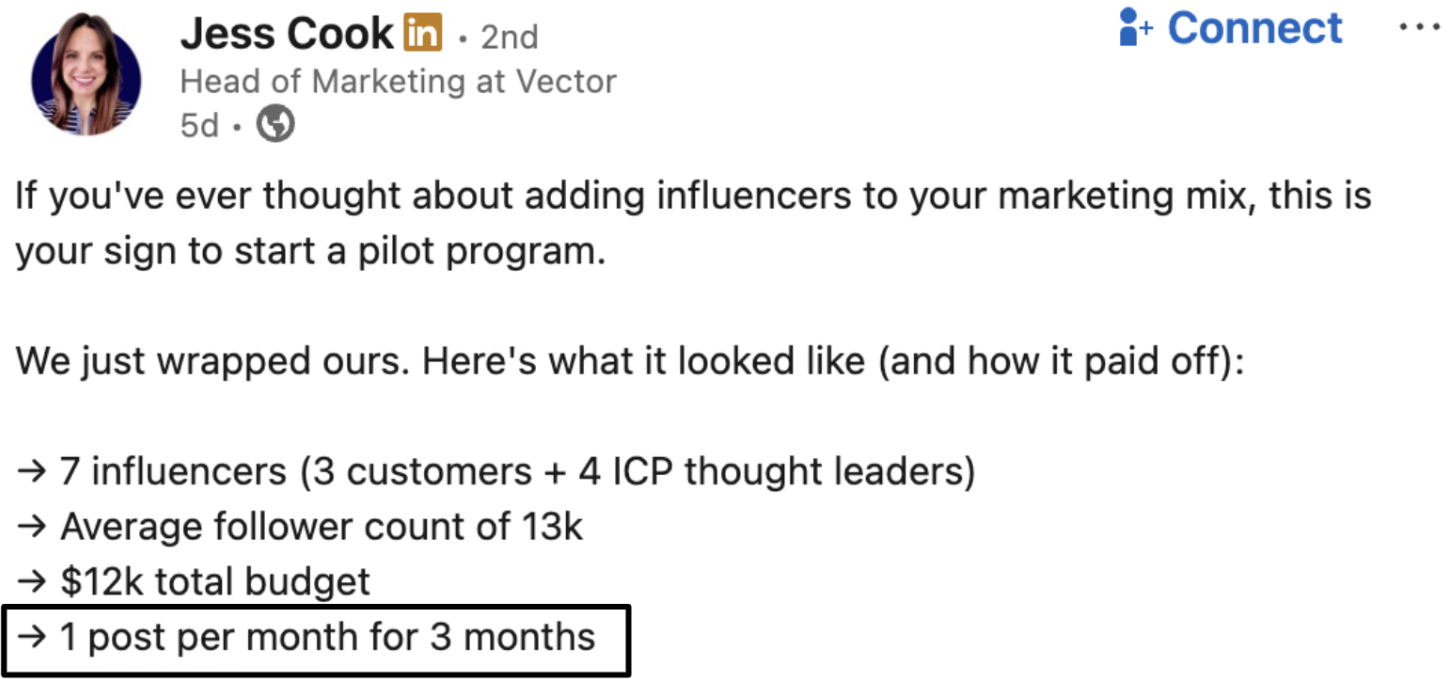
If you’re planning to do influencer marketing partnerships, give each creator a 2-3 post pilot test rather than just partnering with them for a single post.
Given the unpredictability of LinkedIn’s algorithm, a single post isn’t a very accurate representation of a creator’s true value. The post may flop or significantly outperform the creator’s standard performance.
Additionally, Peter Confori did an analysis of Adam Robinson’s audience and found that the crossover audience from each post was only about 15%.
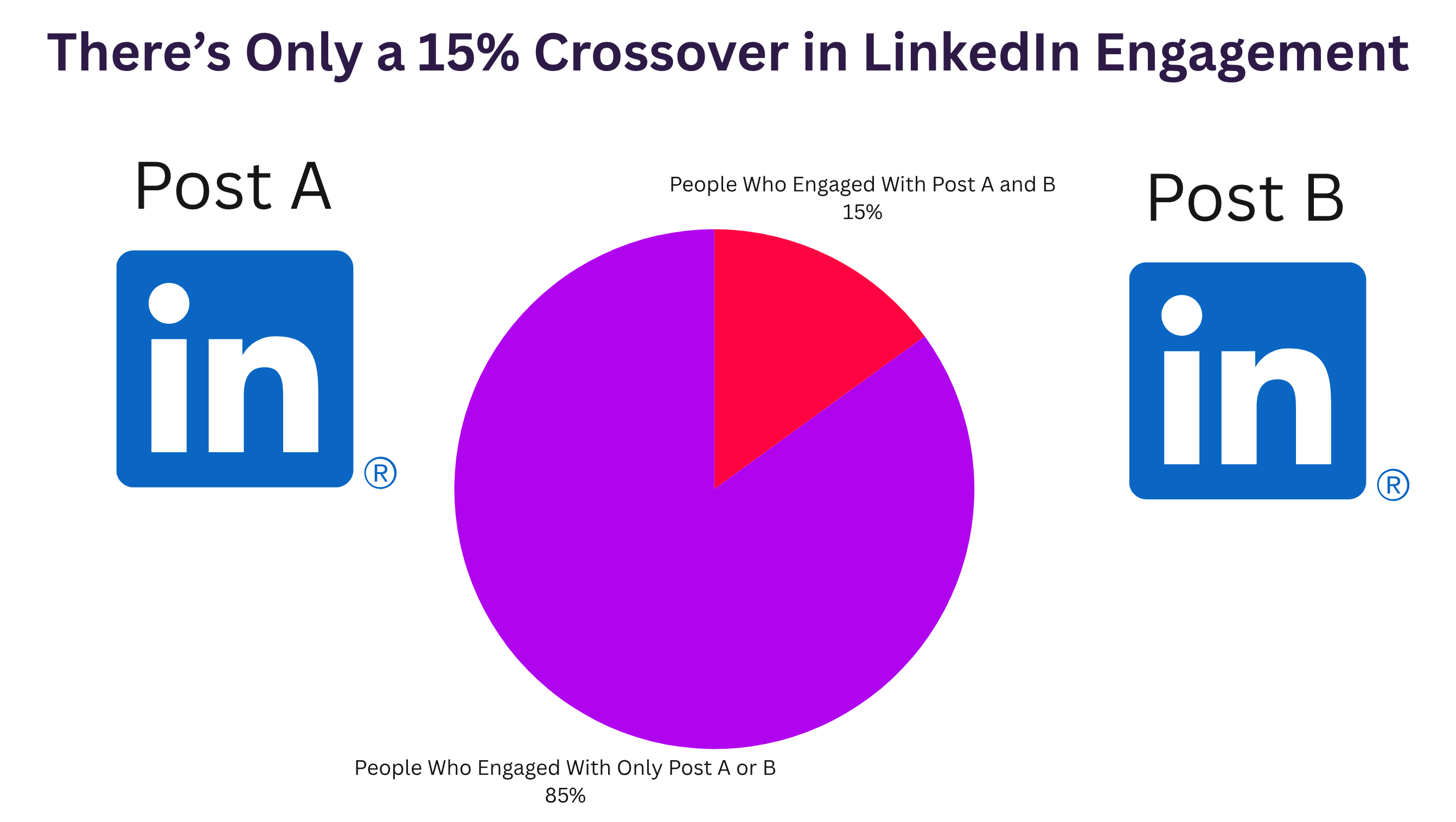
Therefore, you may only be reaching a fraction of an influencer’s audience with each post, so doing multiple sponsored posts helps you reach a higher percentage of their audience.
In fact, this was a real comment on the third sponsored post Vector did with Kaylee Edmondson: Even though Kaylee (along with six other influencers) had already posted about Vector twice before, this person had never heard of Vector.

And, most B2B buyers won’t make a purchase the first time they hear about your brand, so increasing impressions and touchpoints with your brand is useful.
I also found this interesting stat from Tom Boston (an influencer who partnered with Storylane) that showed each of his consecutive sponsored posts outperformed the previous posts from an impressions standpoint.
He claims that this is because he was able to better understand what resonated with the audience and improve the efficacy of each progressive post:
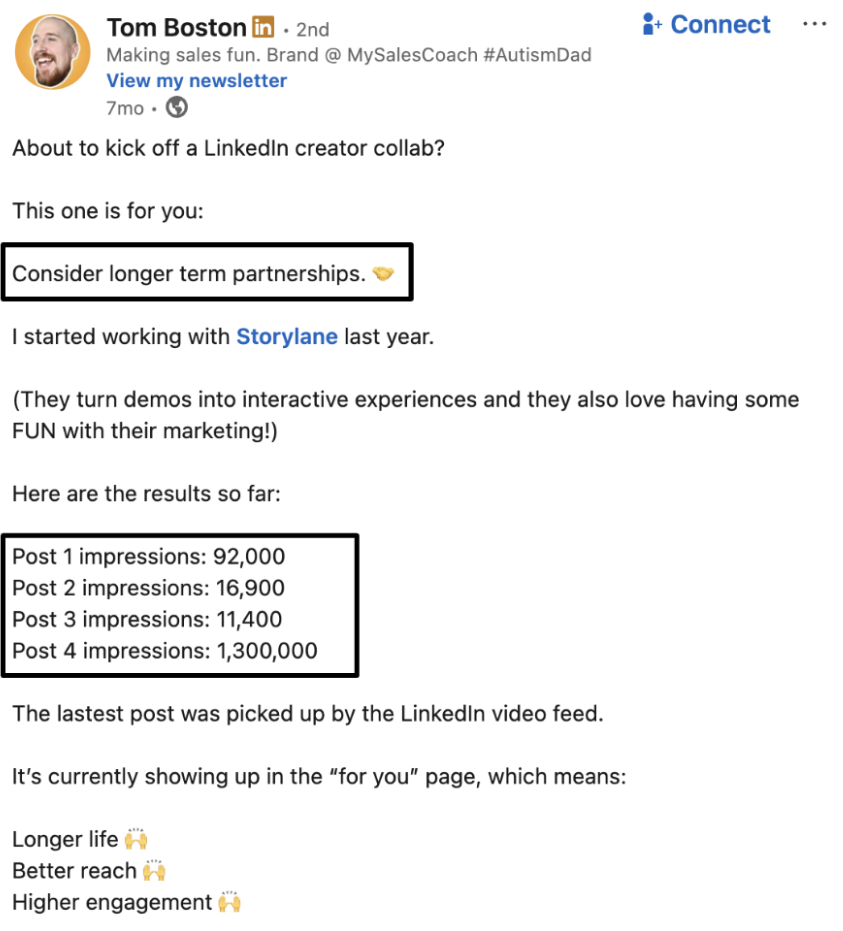
So rather than sponsoring a single post, think about how you can do more to strengthen the partnerships with your creators.
If you really want to go the extra mile, you can host events for partners. I’ve also seen influencer marketers like AJ Eckstein send personalized gifts to their creators.
Step 5: Track Conversions Via a “How Did You Learn About Us”
In this particular case study, Jess mentioned that she didn’t do any direct tracking. Instead, she:
- Set up alerts in their call recording software
- Added a “how did you hear about us” field in the demo request form
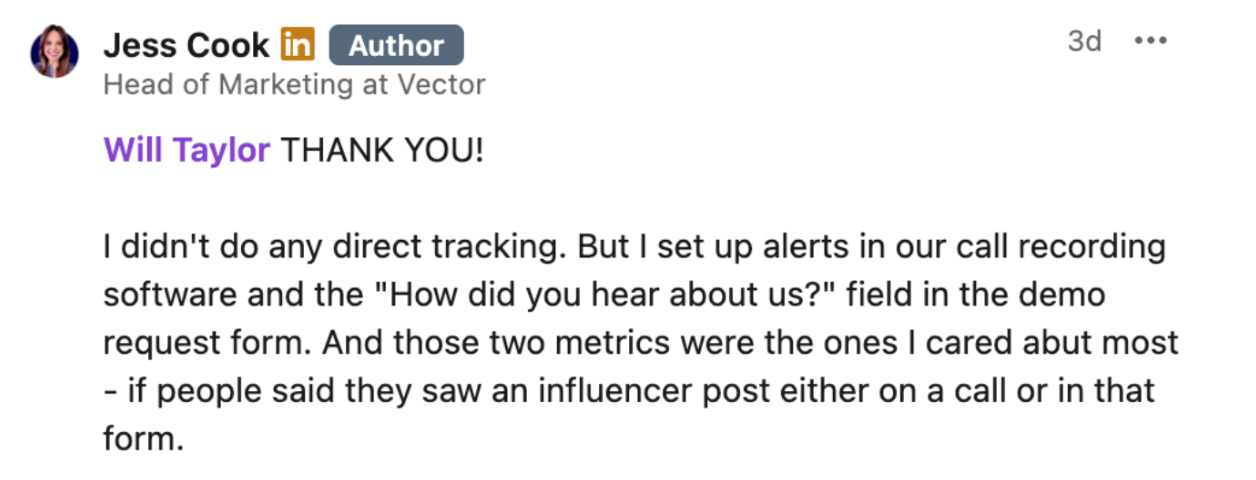
We have a separate post breaking down how other influencer marketers measure influencer marketing, but the “how did you hear about us” field was certainly the most common method.
Step 6: Scaling
Moving forward, Jess plans to scale these influencer partnerships by turning top performing posts into thought leadership ads and offering sponsorship opportunities with an influencer tie-in.
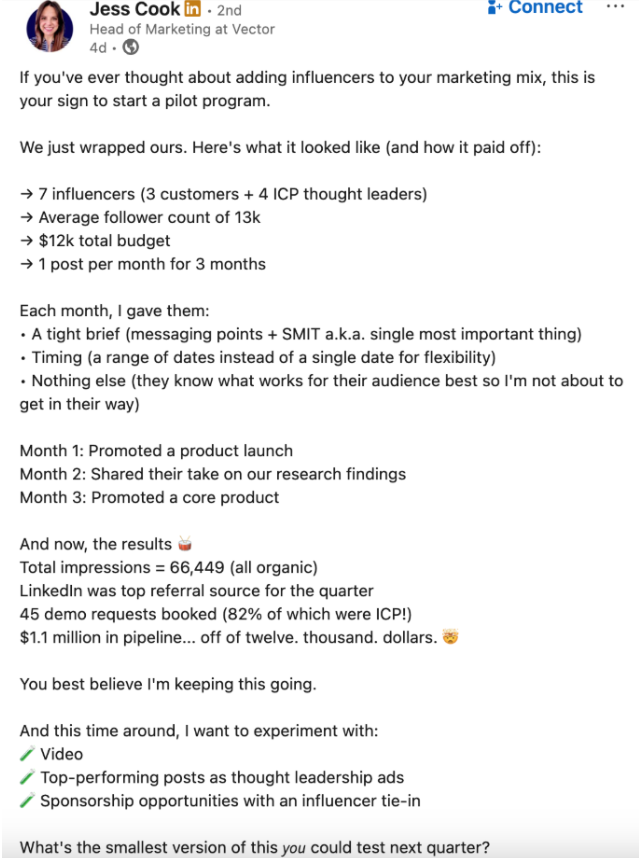
And while Jess may plan to hire more influencers, she didn’t say that specifically.
I mention this because adding more influencers isn’t always the best method to scale, especially if you have a limited number of highly relevant niche influencers.
In those cases, you’ll likely see a lower ROI by expanding to larger, but less relevant influencers.
Instead, if you run out of highly relevant niche influencers, consider trying (as Jess mentions) promoting the top-performing posts through thought leadership ads or increasing the scope of existing partnerships.
How to Start Your Influencer Marketing Program
Finding the right niche influencers is the first step to getting started.
You can go down a rabbit hole clicking through LinkedIn’s “More profiles for you” section, but this is a very inefficient way to find potential partners.
Instead, consider using Favikon.
You can filter by niche, engagement rate, keyword, posting frequency, and more to find relevant, credible niche influencers.
You can try Favikon today to start your own LinkedIn influencer marketing program.
Related Articles
See all the articlesResources










.png)
